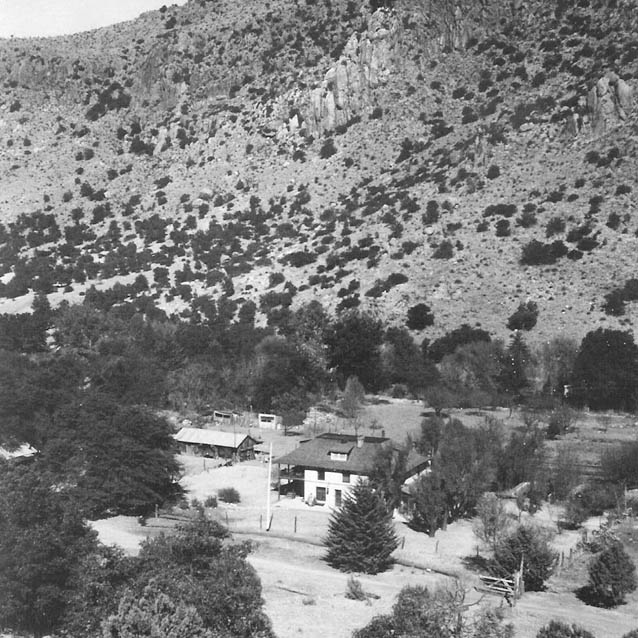Faraway Ranch would not have existed without the actions of the women in the Erickson family.
Faraway Ranch would not have existed without the actions of the women in the Erickson family. Emma initiated the purchase of the property, Hildegard started boarding guests at the ranch, and Lillian managed the ranch for much of the twentieth century. In many ways, the Erickson women conformed to gender roles—they all married, Emma allowed her husband to file the homestead claim in his name, and Lillian often played the role of the gregarious hostess seeing to the needs of her guests. But by pursuing their own economic prospects and running a business, the Erickson women also moved beyond socially ascribed gender roles. Many other women did so as well, but society rarely acknowledged their contributions. By preserving their story, Faraway Ranch helps to tell the full history of women in the West. Faraway’s long history as a guest ranch, and the involvement of the Riggses in the creation and promotion of Chiricahua National Monument also makes the ranch important to the story of the Western tourism industry and preservation movement. The physical landscape—the ranch house, the remains of irrigation ditches, the old corral—helps communicate this history to visitors today.

NPS
References
Information for this series was taken from the following sources:
Wegman-French, Lysa. 2006. Faraway Ranch Special History Study. Intermountain Cultural Resources Professional Paper No. 72. Santa Fe: National Park Service.
Torres, Louis and Mark Baumler. 1984. A History of the Building and Structures of Faraway Ranch. Denver: National Park Service.
Prepared by Cori Knudten, 2011.
Part of a series of articles titled The Story of Faraway Ranch.
Last updated: March 18, 2016
